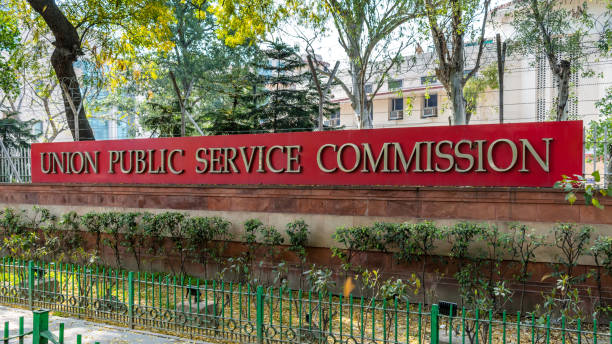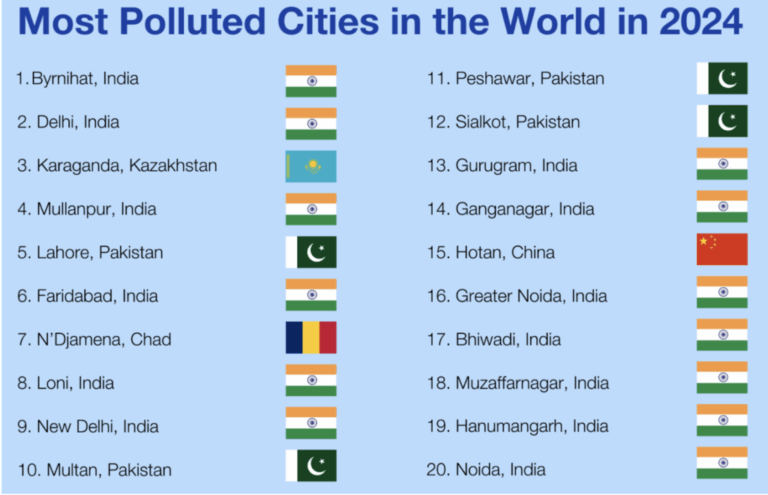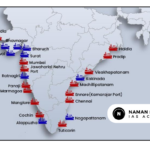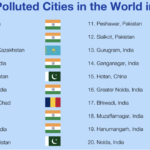KALESHWARAM LIFT IRRIGATION PROJECT
The National Dam Safety Authority (NDSA) has found serious structural damage in Telangana’s Kaleshwaram Lift Irrigation Project (KLIP) barrages, recommending urgent repairs and a complete safety review.
What is NDSA?
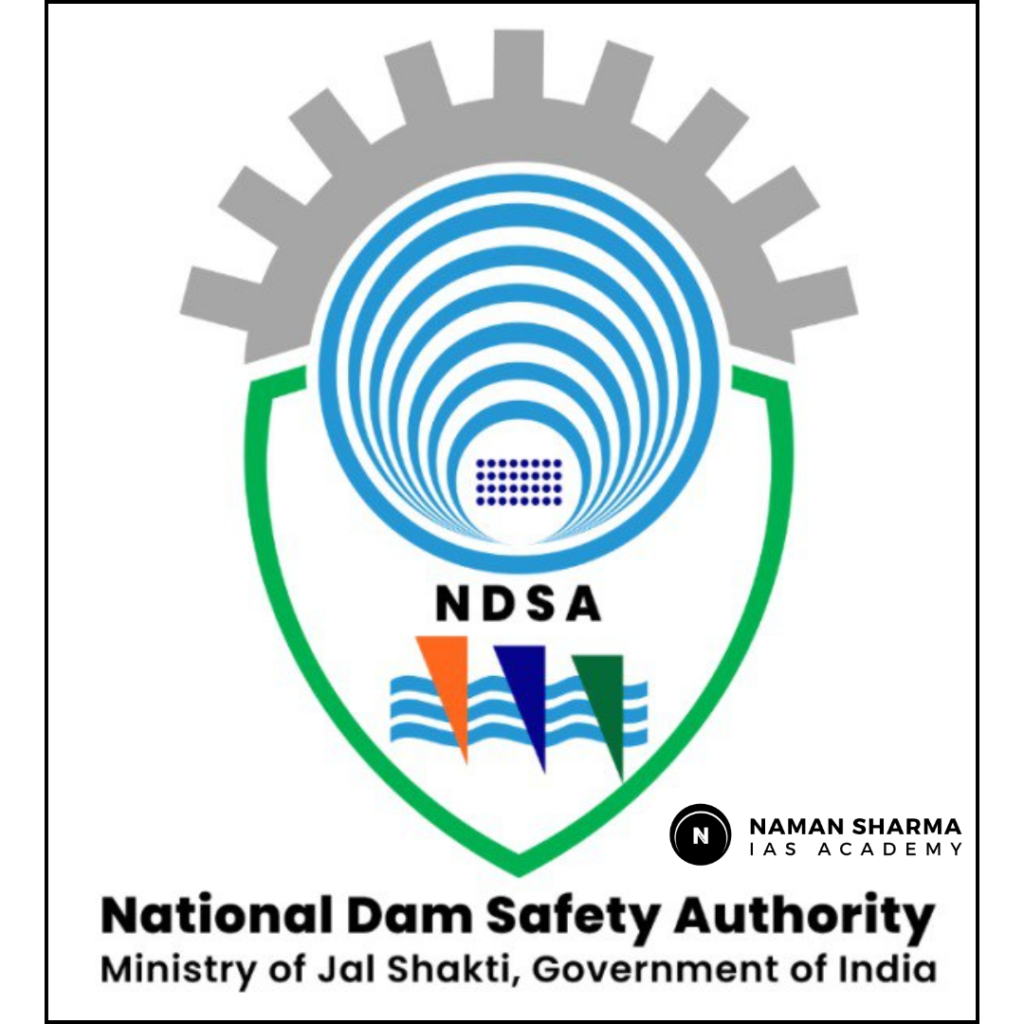
The National Dam Safety Authority (NDSA) is a statutory regulatory body established under Section 8(1) of the National Dam Safety Act, 2021. It was created by the Central Government to institutionalise dam safety and oversee compliance with safety standards across India.
Headquarters: New Delhi
Functions of NDSA:
- Dam Regulation: Formulates national policies for the design, construction, maintenance, and operation of dams.
- Dispute Resolution: Mediates conflicts between State Dam Safety Organisations (SDSOs) or between SDSOs and dam owners.
- Inspection & Oversight: Conducts periodic safety inspections, especially for specified large dams.
- Disaster Preparedness: Develops and monitors emergency action plans to respond to dam-related hazards.
- Public Awareness: Leads national campaigns to build awareness on dam safety, flood risks, and community preparedness.
- Technical Support: Provides capacity building, research, and guidelines for dam design and hydrological safety.
About Kaleshwaram Lift Irrigation Project (KLIP)
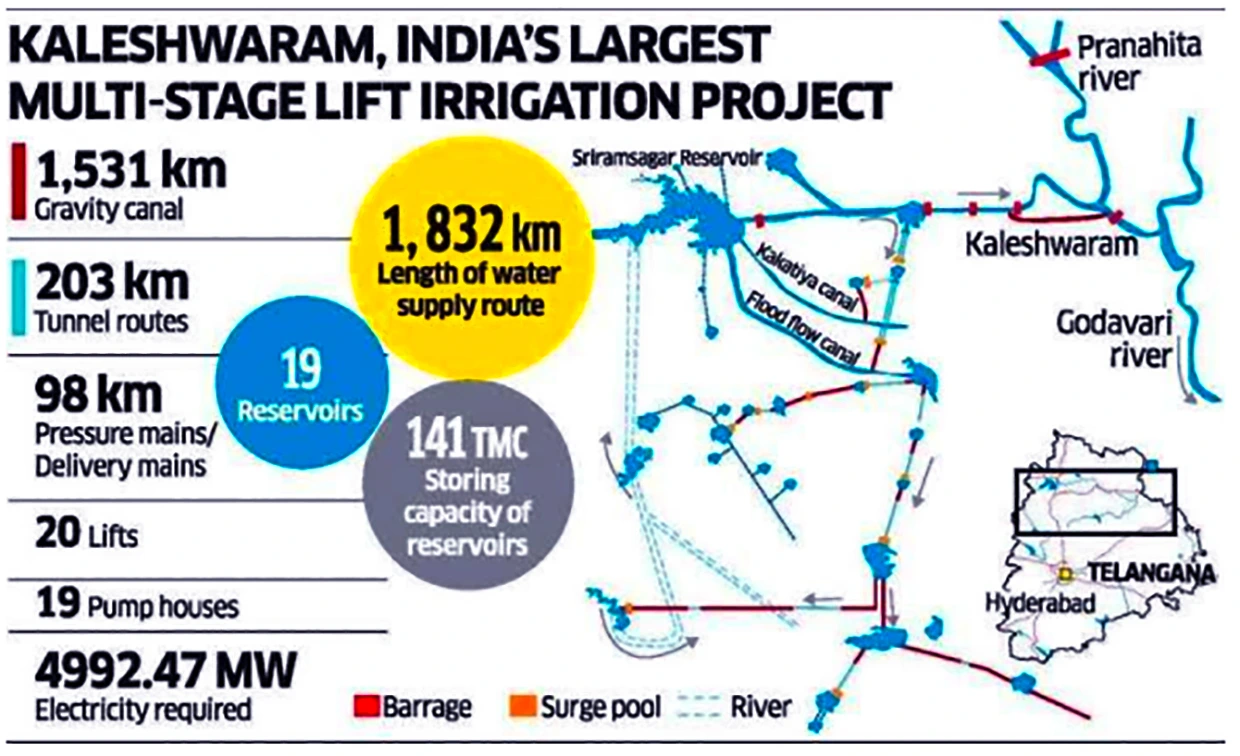
KLIP is the world’s largest multi-stage lift irrigation project, aimed at diverting water from the Godavari River to drought-prone regions of Telangana.
The project aims to irrigate 45 lakh acres, supply drinking water to Hyderabad, and support industrial use. It plans to lift 240 TMC of water, with 195 TMC from Medigadda, 20 TMC from Sripada Yellampalli, and 25 TMC from groundwater.
The infrastructure includes 7 links, 28 packages, a 500 km span, 1,800+ km canal network, 20 reservoirs, and Asia’s largest pump house at Ramadugu.
The project aims to irrigate 45 lakh acres, supply drinking water to Hyderabad, and support industrial use. It plans to lift 240 TMC of water, with 195 TMC from Medigadda, 20 TMC from Sripada Yellampalli, and 25 TMC from groundwater.
The infrastructure includes 7 links, 28 packages, a 500 km span, 1,800+ km canal network, 20 reservoirs, and Asia’s largest pump house at Ramadugu.
Issues with the Project
- In October 2023, Pillar No. 20 of the Medigadda barrage sank, causing flood-related damages.NDSA’s April 2024 report identified structural distress in all 3 barrages (Medigadda, Annaram, Sundilla) due to poor design, lack of geotechnical studies, and inadequate safety protocols.
- Overloading of barrages (10 TMC water stored instead of 2 TMC) caused foundation damage. The state incurs ₹16,000 crore annually in loan and interest repayments, despite the project being criticised as a “man-made disaster.”
PRELIMS PRACTICE QUESTIONS:
Questions: About the Kaleshwaram Lift Irrigation Project (KLIP) and the role of the National Dam Safety Authority (NDSA), consider the following statements:
Which of the statements given above are correct?
A. 1 and 4 only
B. 2 and 3 only
C. 1, 2 and 3 only
D. 2, 3 and 4 only
Answer: (B) 2 and 3 only
Explanation:
- Statement 2 – Correct: Overloading of the barrages (e.g., storing 10 TMC instead of the designed 2 TMC) led to foundation damage, as reported by the NDSA.
- Statement 1 – Incorrect: KLIP does not rely entirely on surface water; 25 TMC is planned from groundwater sources.
- Statement 3 – Correct: NDSA is a statutory authority (under the National Dam Safety Act, 2021) that serves both regulatory and dispute resolution functions.
- Statement 4 – Incorrect: The NDSA attributed the Medigadda failure to design flaws and lack of geotechnical studies, not to an earthquake.

